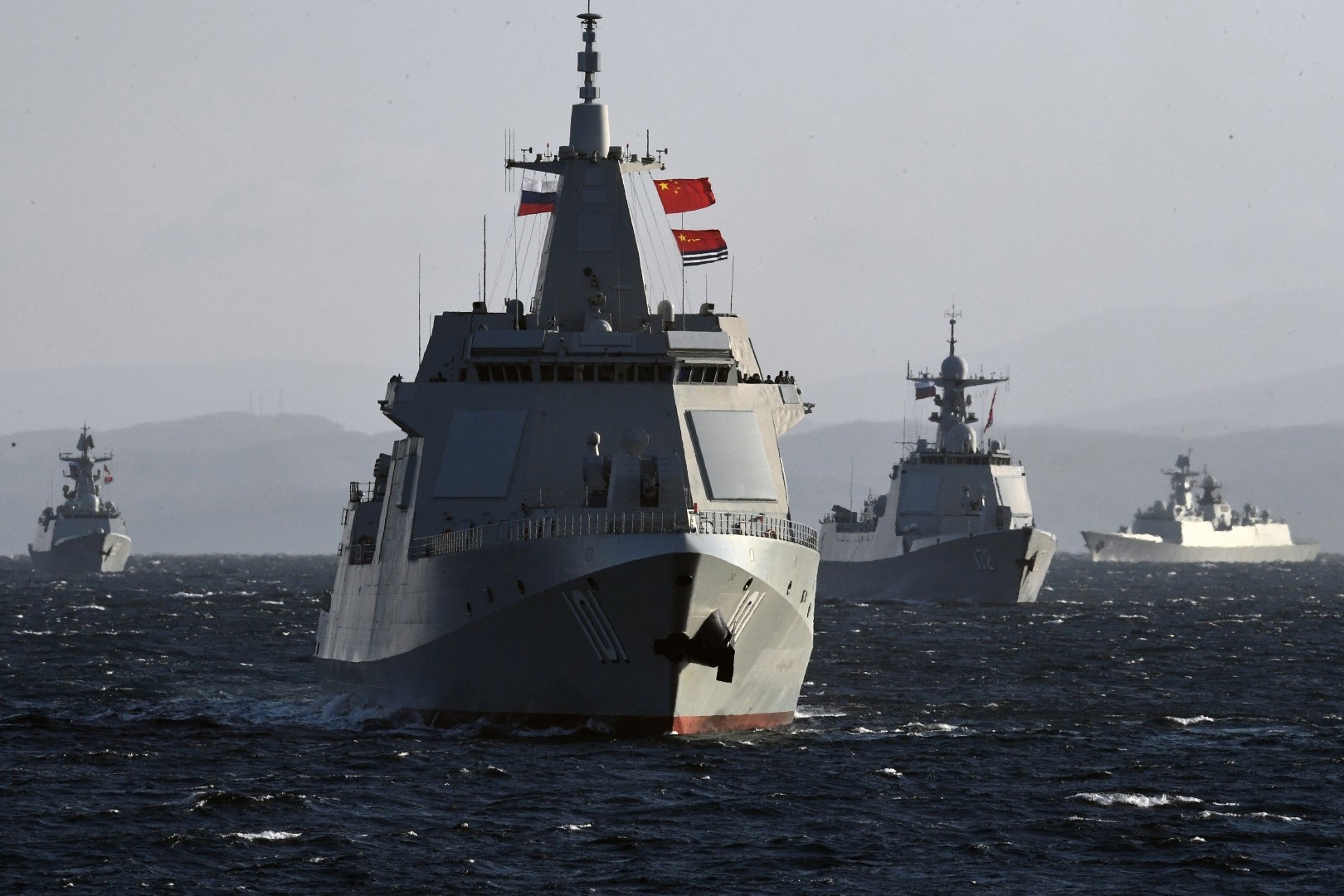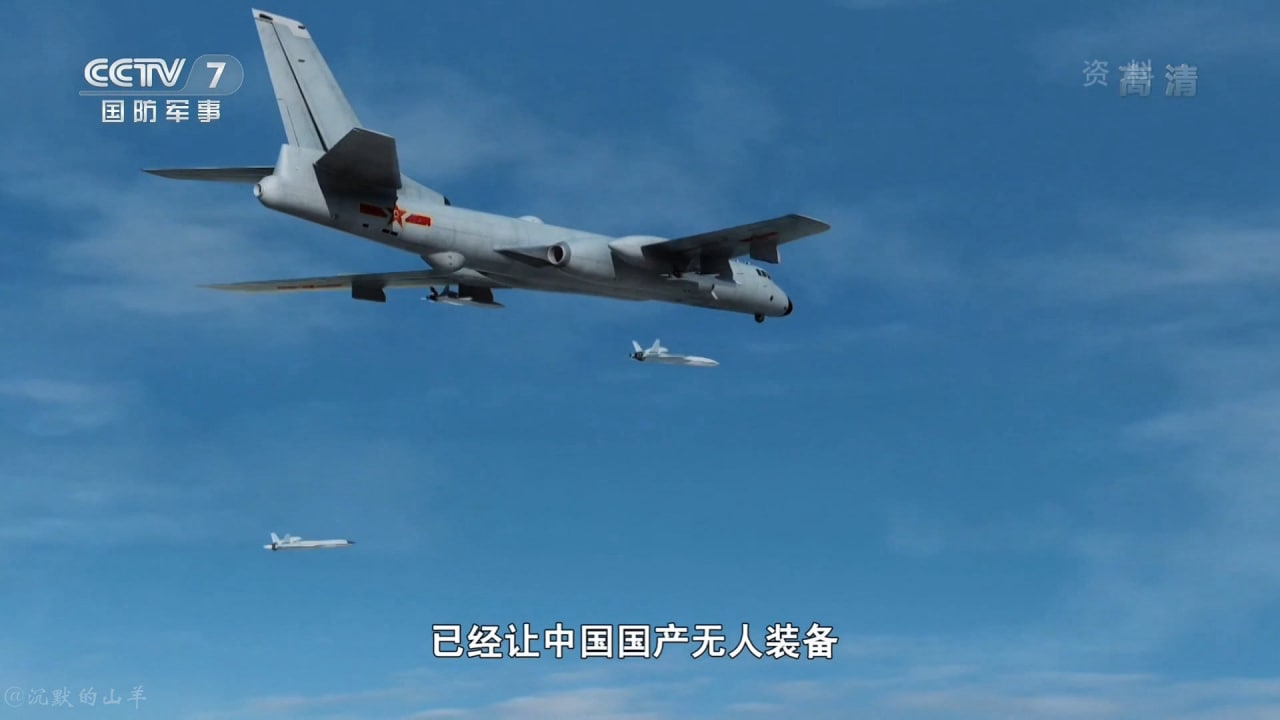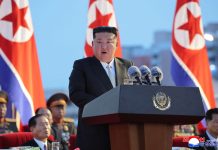Four Russian warships set off for the East China Sea (ECS) to join China’s People’s Liberation Army Navy (PLAN) vessels for week-long exercises, signifying increasing strategic convergence between the two countries.
To be held off the coast of Zhejiang under China’s Eastern Theatre Command (ETC), the four Russian warships have been identified as the missile cruiser Varyag, the destroyer Marshal Shaposhnikov and two corvettes from Russia’s Pacific Fleet.
NATO, US & Japan – Russia & China’s Enemies
On November 30, the bomber aircraft of the two countries – China’s H-6K and Russia’s TU-95 – flew together in strategic air patrols over the East China Sea (ECS) near Japanese waters and later cross-landed in each other’s territory.
Both countries perceive US attempts to contain them and Japanese militarization since it rekindles memories from World War 2. Most importantly, China also perceives the North Atlantic Treaty Organization (NATO) as destabilizing as it expands in East Asia by increasing cooperation with Japan.
“The active part of the exercise will include joint missile and artillery firing against air targets, artillery firing against sea targets, and practicing joint anti-submarine actions with the practical use of weapons,” the Russian statement said.
China’s Eastern Theatre Command (ETC) said the joint exercise “demonstrates the determination and capability of the two sides to jointly respond to maritime security threats and further deepen the China-Russia comprehensive new-era strategic partnership of coordination,” the notice said.
Even without a formal military alliance, the scale and consistency of the military exercises between the countries are staggering. They indicate the massive alignment in geopolitical views and assessments of American foreign policy.
With Russia-Japan relations tense over the Kuril islands, Far East Asia is expected to be the next tinderbox having three flashpoints alone, with China being a party in all three – the Korean Peninsula, the South China Sea, and the Taiwan Straits.
China’s H-6 Bombers Prepare For Action
As for the East and South China Seas, Japan’s new national security strategy and increasing dalliance with Taiwan have raised the hackles in Beijing. China’s H-6K/J bombers flew through the Miyako Strait on Monday, the same day Japan released the document.
統合幕僚監部12/19発表 中国機の動向について
12/19,午後、中国軍用機H-6爆撃機(H-6J或いはH-6KGか?)2機が東シナ海方面より飛来。宮古海峡を通過し太平洋へ至り、沖大東島南東沖で反転。宮古海峡から東シナ海方面へ
位置的に遼寧航母編隊との演習等と想像は出来る。4枚目が12/17,11時の遼寧の位置 pic.twitter.com/D3LcFyt4kS— miki@横鎮 (@09120309) December 19, 2022
The aim could be to practice firing anti-ship missiles on US aircraft carrier battle groups and land-attack cruise missiles on Guam.

Moreover, entering the Pacific Ocean by crossing the Miyako Strait can also allow H-6 bombers to fire on the US Andersen Air Force at Guam. The 2000-kilometer range CJ-20 air-launched cruise missiles and the YJ-21 anti-ship missiles could be used for these purposes.
This is the third time H-6K/J bombers have passed through Miyako Strait this year, after May and June. In general, Chinese military passages through the Miyako Strait are not uncommon and have been happening for the last several years.
The Japanese military has been closely tracking them.
The Xian H-6 is a Chinese license-built variant of the Soviet-era Tupolev Tu-16 bomber, heavily modernized and used by the People’s Liberation Army Air Force (PLAAF) and the People’s Liberation Army Navy (PLAN). It has three prime variants: the H-6K (conventional bomber), the H-6J (maritime strike role), and the H-6N (nuclear missile capable).
On Monday, Japan’s Ministry of Defense (MoD) announced the detection of two Chinese H-6 bombers flying over the East China Sea (ECS). The statement said the bombers flew over the Miyako Strait between the main island of Okinawa and Miyakojima, entered the Pacific Ocean, and reached Okidatio Island.
The planes turned around the same way and entered the ECS through the Miyako Strait while being tracked by the Japanese Air Self-Defense Force (JASDF).
The Liaoning aircraft carrier group that entered the Western Pacific on December 16 with three Type 055 destroyers and a Type 052D and Type 52A destroyer each made it the most potent Liaoning formation to date.
It appears that the H-6 bombers simulated firing the air-launched anti-ship cruise missiles (ASCM) against enemy naval flotillas, in this case, the United States Navy (USN).
The PLAN armada itself simulated an American target for the H-6 bombers, which were not seen carrying any ordnance in the photographs. The bombers only carried what appeared to be electronic warfare pods.

Moreover, the point at Okidatio island from which the H-6J/K bombers turned around is roughly 1600 kilometers from Guam island, which hosts the Andersen Air Force base. This can easily come under attack from the 2000-kilometer-range CJ-20 Air-Launched Cruise Missiles (ALCM) that the H-6 can carry.
H-6J/K bombers also carry the YJ-12 anti-ship missile, regarded as one of Beijing’s most lethal. The missile is nearly impossible to intercept, can be launched from land, air, or sea, has a range of more than 400 kilometers (248.5 miles), and its warhead can arrive at a target in less than 30 seconds.
These can be used to hit US aircraft carriers. Another missile the H-6 carries that can be used against US naval assets is the recently unveiled 1,500 kilometers range YJ-21 air-launched hypersonic missile.
- The author can be reached at satamp@gmail.com
- Follow EurAsian Times on Google News




